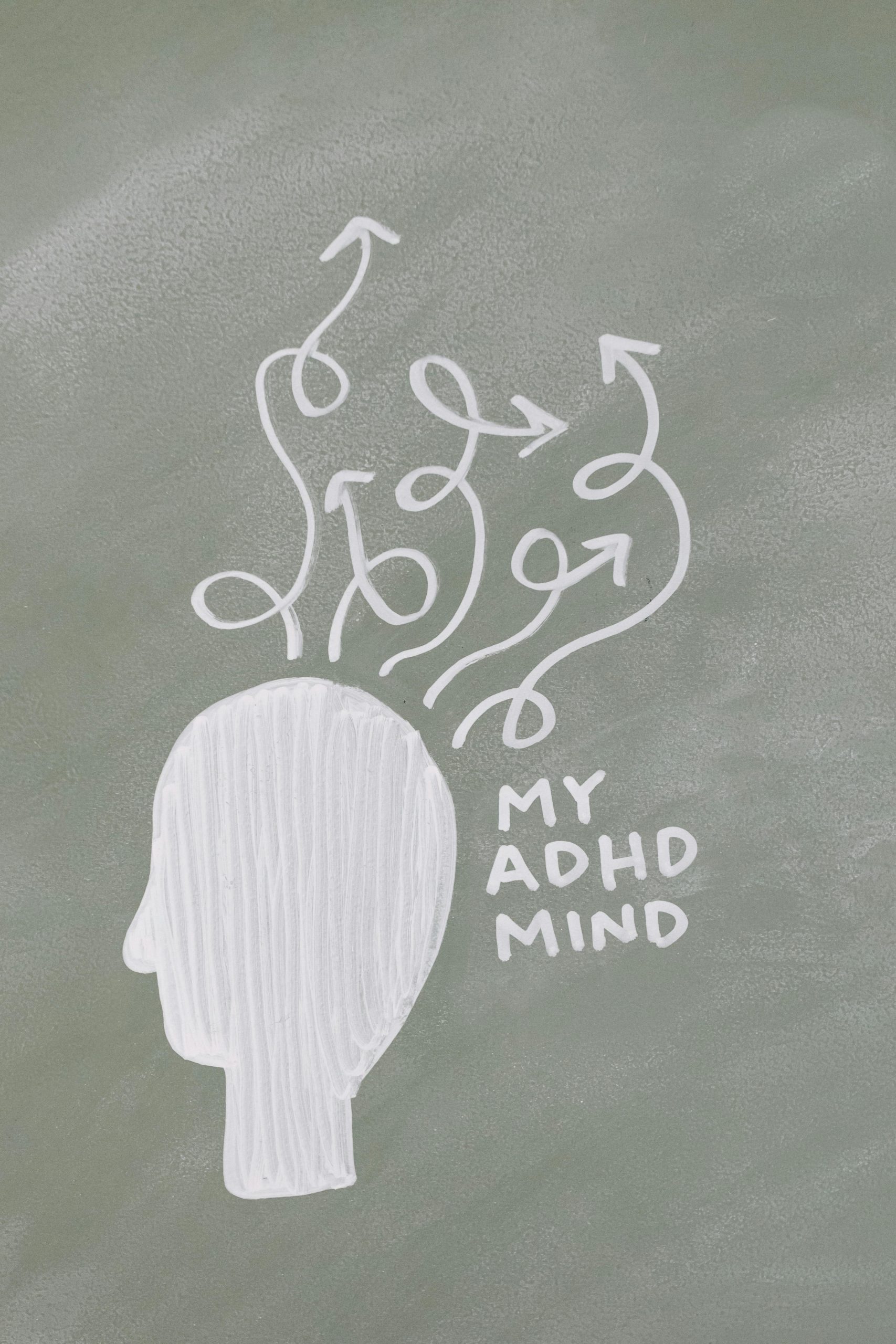Have you ever wondered why you think the way you do or why certain behaviors feel almost automatic? The answer lies deep within the intricate workings of your brain. From the moment you wake up to the decisions you make throughout the day, your thoughts and actions are shaped by a complex interplay of biology, psychology, and environment. Understanding the science behind these processes not only offers fascinating insights into human nature but also empowers you to take control of your mental and behavioral patterns.
The Brain: The Command Center of Your Thoughts
Your brain is the ultimate control center, responsible for every thought, emotion, and action. Composed of billions of neurons, it forms an intricate network that processes information at lightning speed. These neurons communicate via electrical impulses and chemical signals, creating the foundation for everything from simple reflexes to complex decision-making.
Key brain regions play specialized roles in shaping your thoughts and behaviors:
- Prefrontal Cortex: Often called the “executive center,” this area governs planning, decision-making, and impulse control.
- Amygdala: The emotional hub, responsible for fear, pleasure, and other primal responses.
- Hippocampus: Crucial for memory formation and retrieval, influencing how past experiences shape current behavior.
Neuroplasticity—the brain’s ability to rewire itself—ensures that your thoughts and behaviors aren’t set in stone. Every new experience or learned skill can physically alter your brain’s structure, proving that change is always possible.
The Role of Neurotransmitters in Behavior
Neurotransmitters are the brain’s chemical messengers, playing a pivotal role in regulating mood, motivation, and behavior. Imbalances in these chemicals can lead to significant changes in how you think and act. Here are some of the most influential neurotransmitters:
- Dopamine: Linked to reward and pleasure, dopamine drives motivation and reinforces habits—both good and bad.
- Serotonin: Often associated with happiness and well-being, serotonin helps regulate mood, sleep, and appetite.
- GABA: The brain’s primary inhibitory neurotransmitter, GABA promotes relaxation and reduces anxiety.
Understanding these chemicals can help explain why certain behaviors feel rewarding or why stress can derail your best intentions. For example, low serotonin levels are often linked to depression, while dopamine surges can make addictive behaviors hard to resist.
How Habits Form and How to Change Them
Habits are automatic behaviors wired into your brain through repetition. The habit loop—cue, routine, reward—explains why some actions become second nature. For instance, reaching for a snack when stressed (cue) provides temporary comfort (reward), reinforcing the behavior.
To change a habit, you must rewire this loop:
- Identify the cue: Recognize what triggers the habit.
- Replace the routine: Swap the undesired behavior with a healthier alternative.
- Maintain the reward: Ensure the new behavior satisfies the same need.
Neuroplasticity makes habit change possible, but consistency is key. Research suggests it takes an average of 66 days to form a new habit, proving that persistence pays off.
The Influence of Environment and Experience
While biology plays a massive role, your environment and experiences also shape your thoughts and behaviors. Childhood upbringing, social interactions, and cultural norms all leave lasting imprints on your brain. For example:
- Positive reinforcement encourages certain behaviors, while punishment may suppress others.
- Social learning theory suggests that observing others can shape your actions, from adopting mannerisms to developing fears.
- Cultural conditioning influences everything from communication styles to emotional expression.
Even as an adult, your environment continues to mold your brain. Surrounding yourself with supportive people or engaging in stimulating activities can foster healthier thought patterns and behaviors.
Practical Ways to Harness Brain Science for Positive Change
Understanding the science behind your thoughts and behaviors isn’t just academic—it’s a tool for personal growth. Here are actionable ways to apply this knowledge:
- Practice mindfulness: Meditation strengthens the prefrontal cortex, improving focus and emotional regulation.
- Exercise regularly: Physical activity boosts dopamine and serotonin, enhancing mood and cognitive function.
- Challenge negative thoughts: Cognitive-behavioral techniques can rewire pessimistic thinking patterns.
- Prioritize sleep: Quality rest consolidates memories and resets neurotransmitter balance.
By leveraging brain science, you can cultivate healthier habits, improve mental well-being, and ultimately shape the person you want to be.
The science behind your thoughts and behaviors reveals a powerful truth: your brain is both the architect and the sculptor of your life. From the neurons firing in your prefrontal cortex to the habits ingrained in your daily routine, every aspect of who you are is shaped by biology, chemistry, and experience. But with this knowledge comes empowerment. By understanding how your brain works, you can take deliberate steps to rewire unhelpful patterns, foster positive change, and unlock your full potential. The journey to self-mastery begins in the mind—and now, you have the tools to navigate it.
